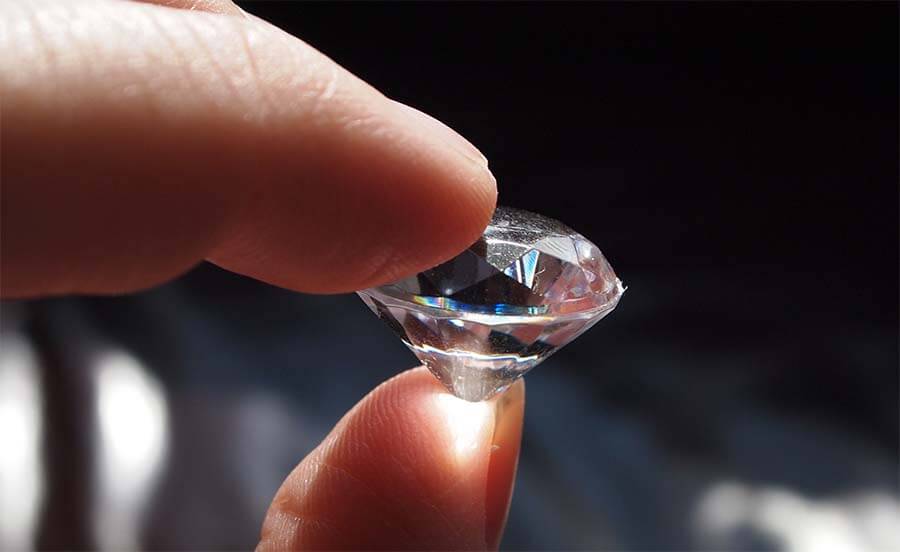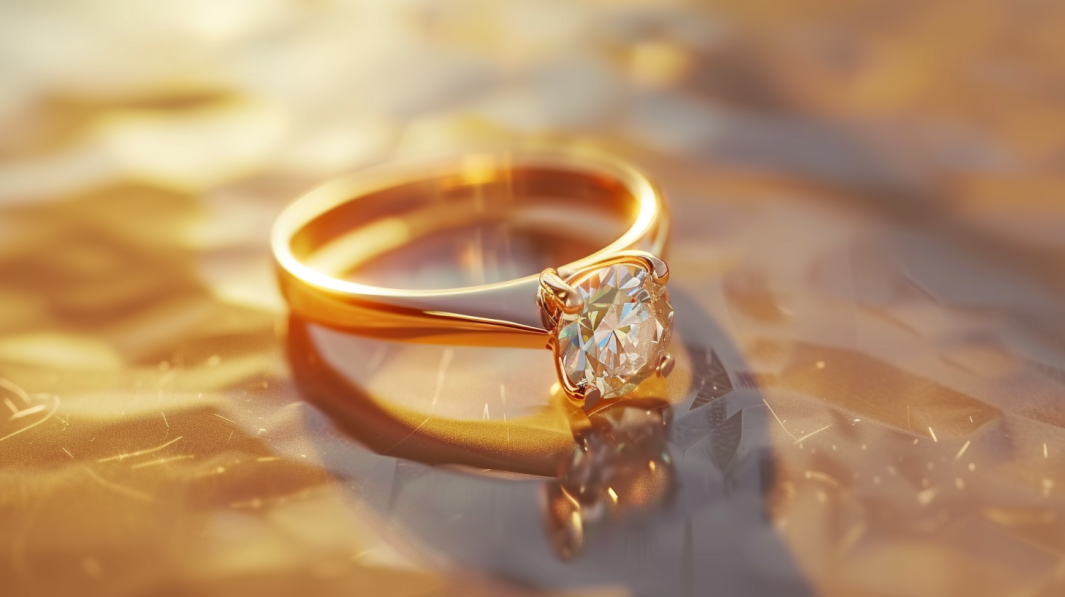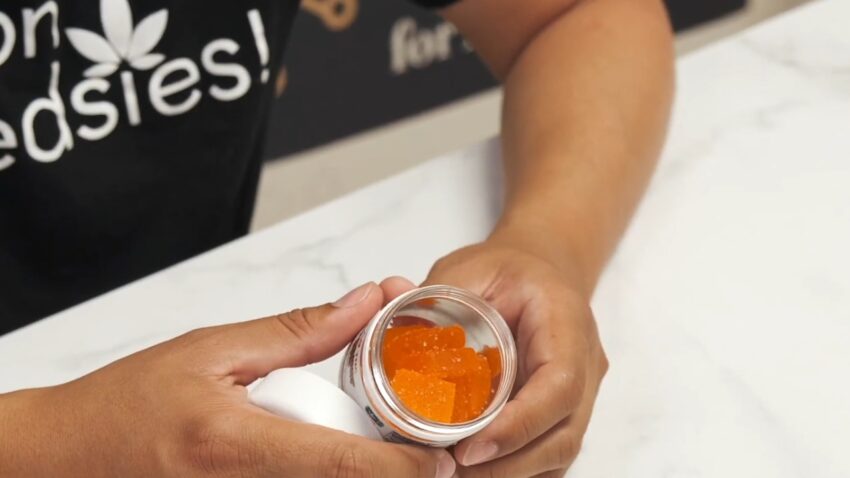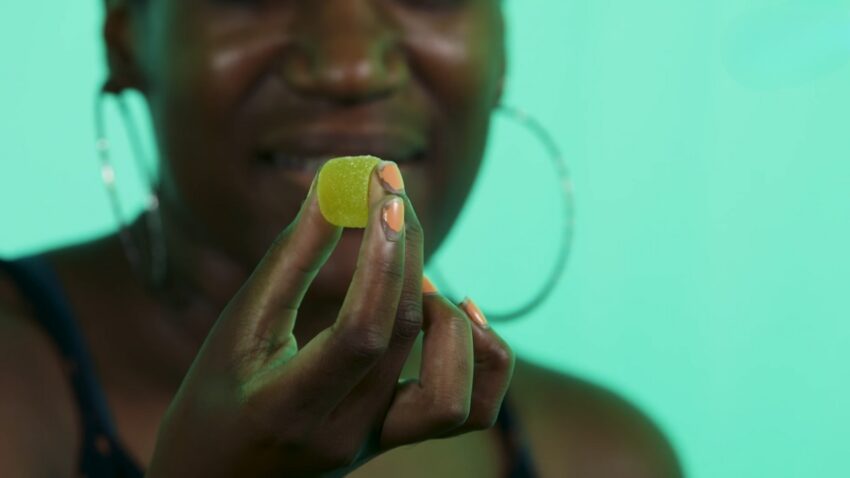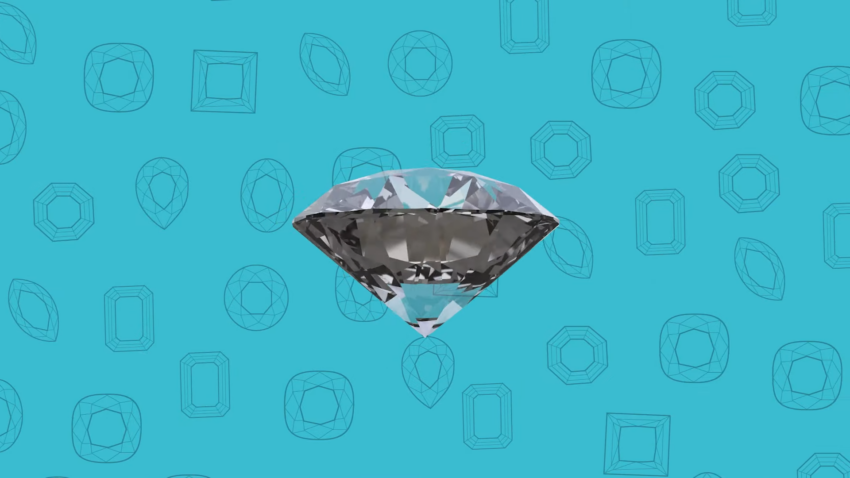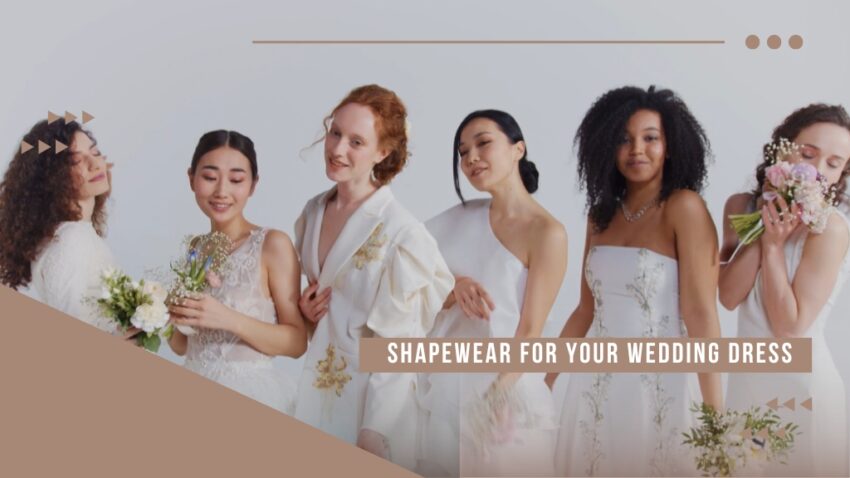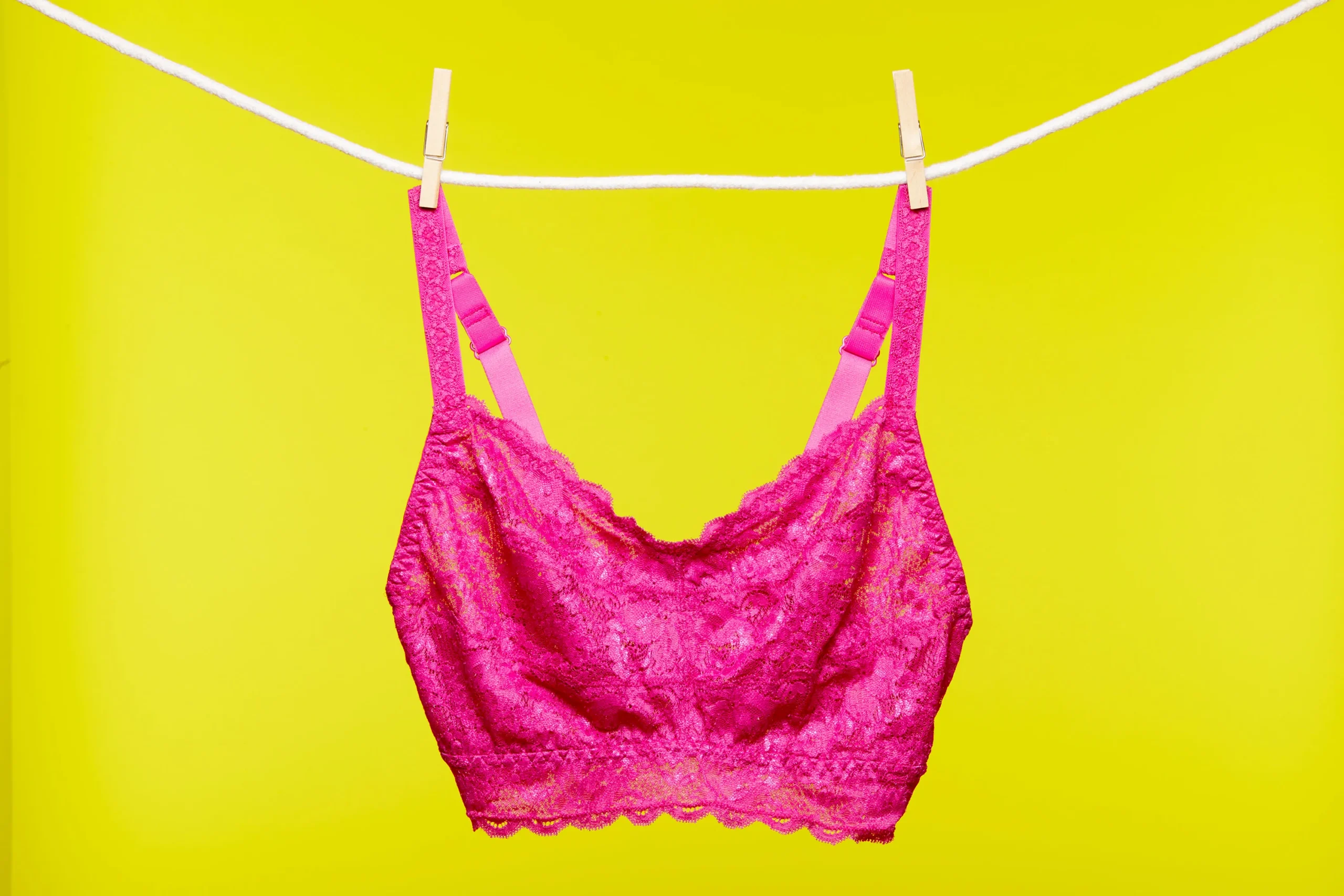„Diamonds are girls’ best friends“. This is an old saying and many women can relate to it. Even if not specifically diamonds, women enjoy wearing this powerful accessory called jewels. Diamond is the hardest mineral in nature, and it is also considered the most valuable gemstone. Over millions of years, the formation of pure carbon turned into the hardest natural substance in the world under the Earth’s surface, which came into the hands of man through volcanic activity. On the one hand, this stone exudes sublime simplicity due to the fact that it consists of 99.95% carbon, and on the other, extraordinary beauty because the remaining 0.05% is made up of one or more trace elements. The smallest elements of a diamond can affect the color, but also the crystal form itself.
Diamond shapes
Diamond cutting styles are limited to three basic types: brilliant cut, step cut, and mixed cut of the first two types. Depending on the grinding method, we get a different shape of this precious stone. The basic shapes are round, oval, square, rectangular, triangular, pear-shaped, heart-shaped, princess, cushion, emerald, marquise, and so on. Each of the shapes is beautiful in its own way, and the final choice also depends on what you think your loved one would like. Many will agree that the marquise cut is one of the most classic, but also the most elegant shapes. You can find on this site more about marquise cut diamonds, but also any other you are interested in.
Diamond color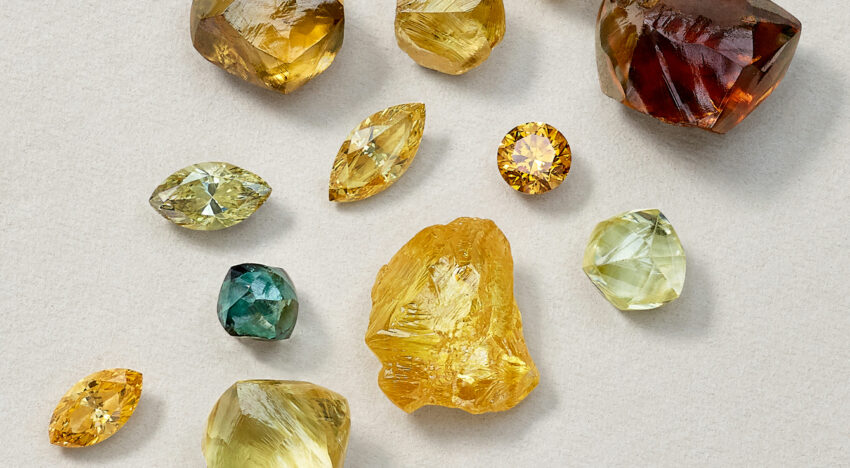
Although most people think that a diamond is transparent, which is actually true, it is important to know that there is still a difference in color. Color grading is done by determining how close a stone is to the absolute absence of color. Less color means a higher degree of gradation, and therefore a higher price. The most valuable diamonds are completely colorless, and the diamond is the only precious stone where the absence of color increases its value.
Diamond cut
The grinding factor (cut) known within the “4C” standard does not refer to the shape of the stone itself or to the grinding style, but to the quality of the grinding: placement, angles, and proportions of the facets; as well as the final processing itself. Grinding styles are divided into two main groups: faceted and ordinary, i.e. simple (plain). This term refers not only to the final shape of the gemstone but also to the quality of the stone itself, which significantly affects the price. The fineness of the cut is determined on the basis of precisely measured and visually assessed proportions of the precious stone, the symmetry of its individual surfaces, and the quality of the polishing of the precious stone. It is precisely the perfect ratio of all grinding characteristics that most influences the beauty, shine, and sparkle of a diamond.
Since diamonds are among the hardest materials in the world, only a diamond can be used to cut another diamond. Another alternative is a laser, but these are generally limited to splitting or splitting, not processing. When grinding a diamond, a machine is used that allows the precious stone to be held on one side and then on the other. The process itself includes steps from planning, cutting, grinding, polishing, and checking. Planning usually takes the most time because it is this step that determines the full value of the final product.
How to recognize a real one?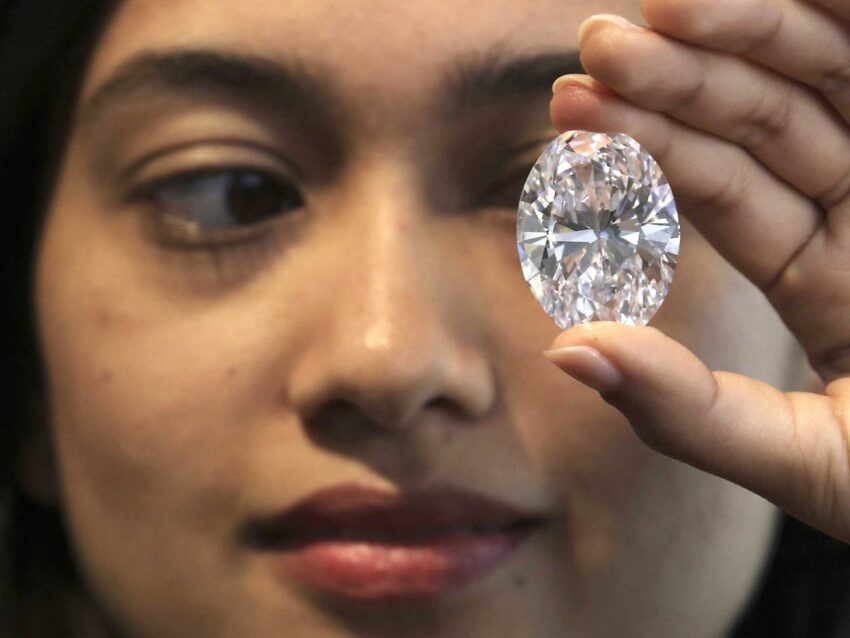
The four parameters for determining the quality of a diamond are carat or weight, clarity, color, and treatment. Those four things determine the selling price of a diamond. There are five grades of diamond clarity. The purest diamond is called IF, i.e. the one that contains no cracks, bubbles, or impurities. He is completely clean.
Lab-grown diamonds
Given that it is difficult to find a natural diamond, and on the other hand, you can buy them in any jewelry store, you should know that very often it is not a natural stone, but a so-called lab-grown diamond. They are produced in devices in which the conditions are created as in nature: high temperature, carbon passing through the process as in nature, and the like. They look just like natural ones. Even an expert gemologist without the necessary equipment cannot know whether a diamond is synthetic or natural, but the workers in the jewelry store are certainly obliged to tell you, and you will easily recognize them yourself at a more favorable price.
Cleaning
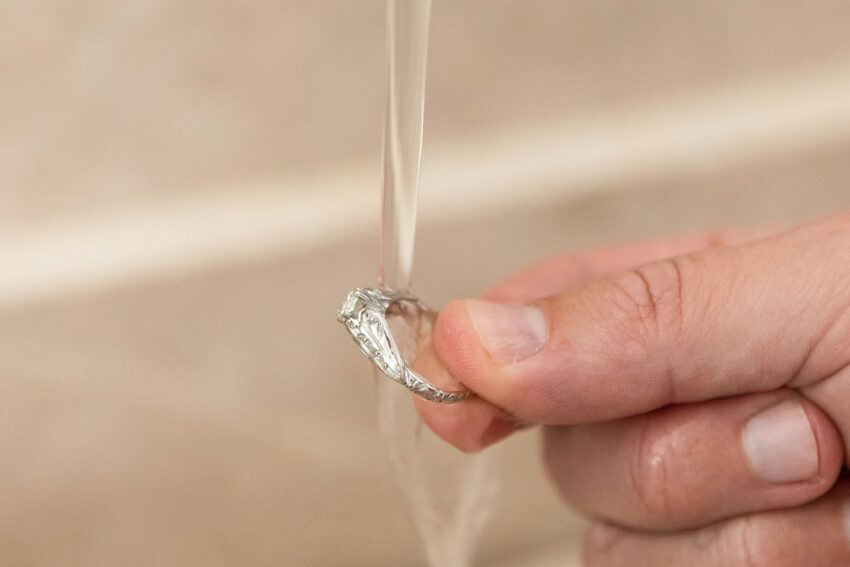
It is very important to take proper care of your jewelry. It is very important that you store your diamonds separately so that each piece has its place because even though they are very hard, they can easily rub against each other. When you are doing some heavy work, it is best to take the rings off your hands, because the grip of the diamond may loosen and you may lose it. In order for your jewelry to look the same for years, you need to take it to a jeweler for cleaning every six months. In addition to cleaning, the jeweler will check if there is any damage and if there is a risk of the stone falling out.
Final thoughts
When buying jewelry for someone, it’s much more important to choose what that person likes. Yes, diamonds are expensive and of high quality, but to some, they will mean nothing, you will make someone happier with colorful jewelry. Pay attention to whether the person is a sporty type or someone who prefers to choose more elegant fashion combinations because this will have a lot of influence on the final choice. Today, there are many jewelers who offer to design the look of an engagement ring or any other piece of jewelry on their website, which is certainly a great advantage. In this way, you can create a ring exactly as you wish, and we believe that your loved one will also know that he appreciates your effort.

